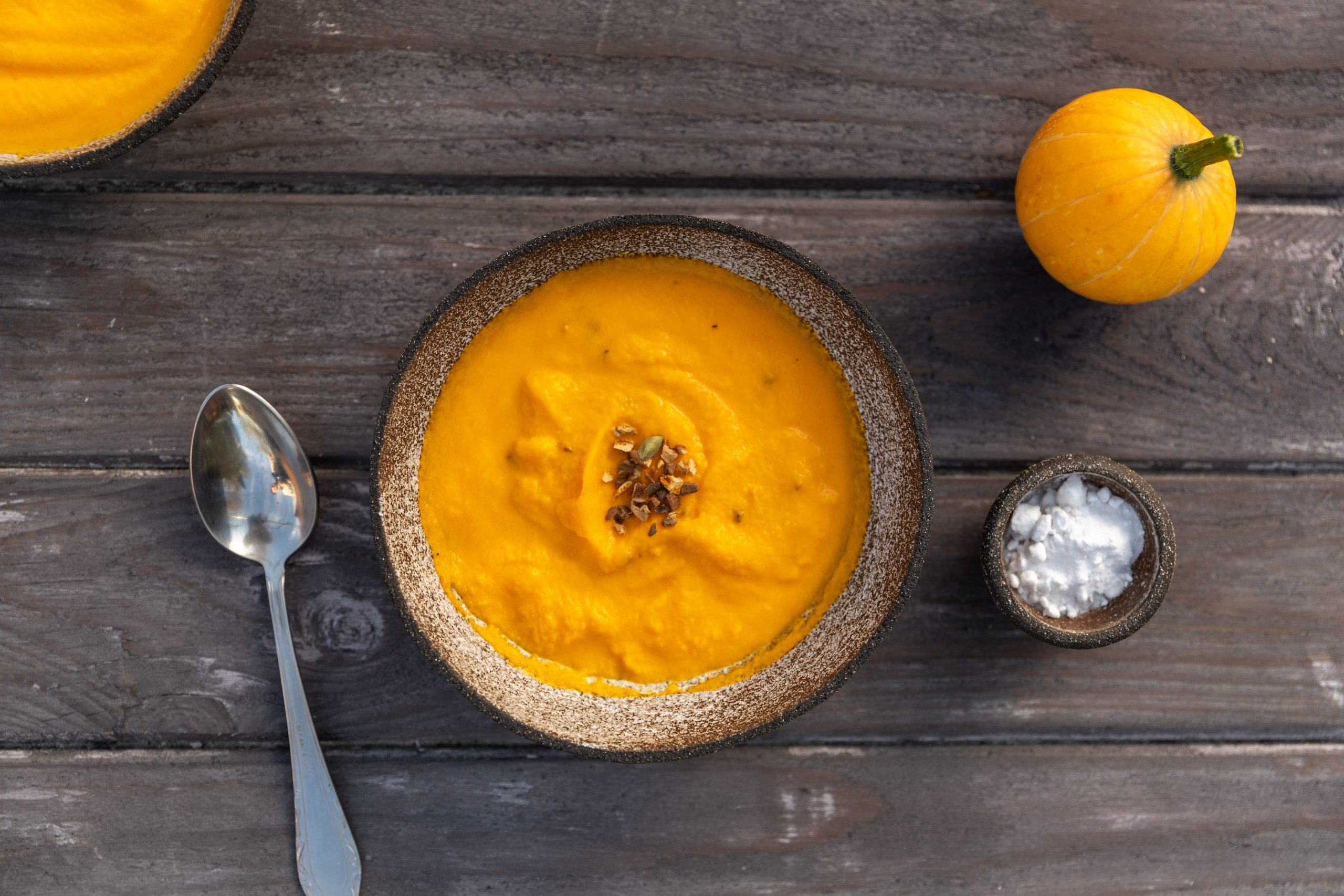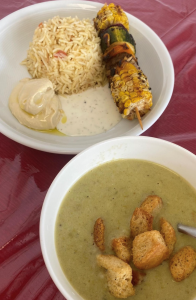The fall season is here! That means that many of us are looking to have more warm and cozy meals to help us find comfort as the weather gets colder. In Ontario we have access to some delicious fall fruit such as crabapples, cranberries, and pears. As for fall produce, we have kale, Brussels spouts, and of course pumpkin! Roasted Brussels sprouts are a great side dish to most meals. To learn more about the nutrition of Brussels spouts and how to prepare them, visit the Foodland Ontario page here. Kale is also great to use in salad or cooked in a stir-fry or a curry dish. To learn more about the nutrition of kale and how to prepare it, visit the Foodland Ontario page here.
Let’s dive a bit more into one of the most popular fall items, pumpkin! Pumpkins are unique in that their seeds and their flesh can be eaten and provide a lot of nutrition. If you don’t have time to prepare a fresh pumpkin, pumpkin puree is available year-round in the canned form. Be careful to read the label because there is a big difference between canned pumpkin puree and canned pumpkin pie filling! Canned pumpkin, along with other canned vegetables can help us save time and money; most importantly, they still provide us with a lot of nutrition in very similar amounts to their fresh counterparts.
Pumpkin seeds, also known as pepitas, are an excellent source of protein, iron, copper, magnesium, and zinc. If you are carving or cutting a fresh pumpkin, don’t be discouraged by the outer shell of the pumpkin seeds. Click here for a recipe on how to prepare pumpkin seeds straight from a pumpkin! If you prefer to buy shelled pumpkin seeds or pepitas from the store, that’s another good option. They are very versatile and can be sprinkled onto salads, soups, oatmeal, yogurt and many baked goods!
While pumpkins are great for fall decorations, don’t forget that they are packed with nutrition, too.
Additional links & resources:



